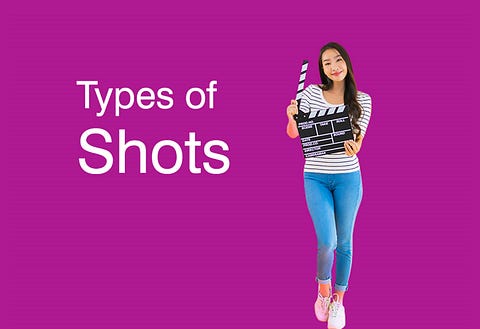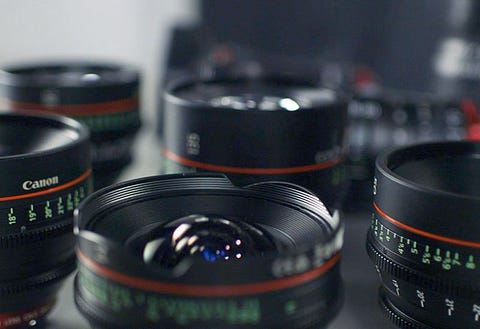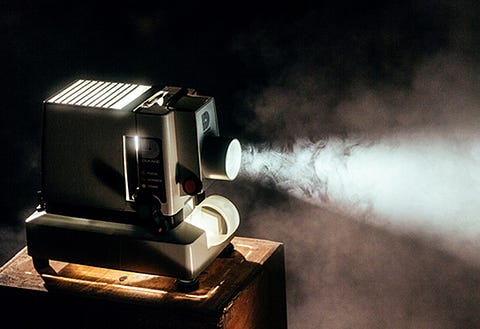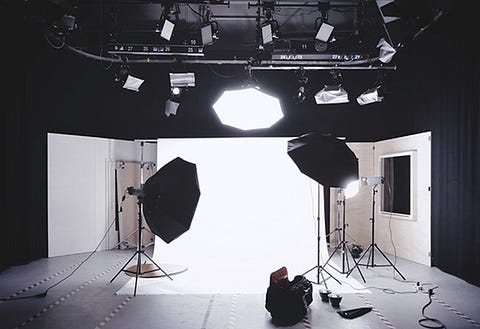
Diverse types of shots stitched together make cinema unfold in front of your eyes and unveil the magic of motion pictures. Charlie Chaplin once said, “Life is a tragedy when seen in close-up but a comedy in long-shot.” In today’s progressive world of cinema, shots are planned to keep in mind the intensity of the scene, the characters, and what the scene is supposed to convey to the audience. Thus, one needs to understand the basics of film shots. These shots tell us how the viewers will see a particular scene or character, while camera angles too help achieve the same thing, these are technically two different things Now let’s understand the 8 types of shots that every filmmaker must know about, for these are the shots that make your script come alive on the big screen:
Extreme Close-UpThis kind of shot fills up the entire frame and is usually taken to draw attention to something in particular. These are details that one might miss otherwise and thus when the director wants the audience to take notice of it, an extreme close-up shot is used. The scenes where you see just the eyes or lips are examples of extreme close-up shots. These can sometimes be so close that you may find them disturbing enough.
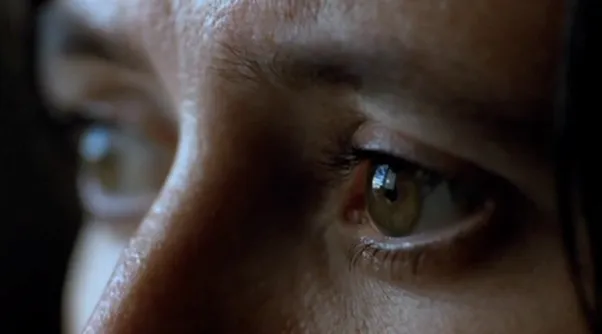
Close-Up
A close-up shot is mostly used to reveal the emotions of a character and the scenes in which you see a character’s face, up, and close are all examples of the close-up shot. In these shots, the face of the character fills up most part of the screen while other things remain in a blurry background. Lighting plays an especially important role in such shots since the intensity of a character’s emotions are depicted. For example, when filming horror scenes, close up shots reveal the horrific features of the character while the background remains in complete darkness.
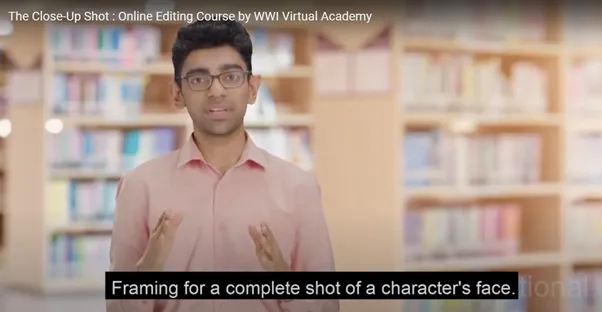
Medium Close-Up
Between Extreme Close-Up and Close-Up is a Medium Close-Up Shot. In this type of shot, the focus is from the head to the shoulders. These shots are used when the emphasis is on both the facial expression and body language of the character. Medium shots capture the movement and gestures of a character from their head to shoulders. For instance, a subject speaking over the phone, with tense facial expressions while their hands are shivering. A medium shot will be able to cover all of this as against a close-up shot that would focus just on the face.
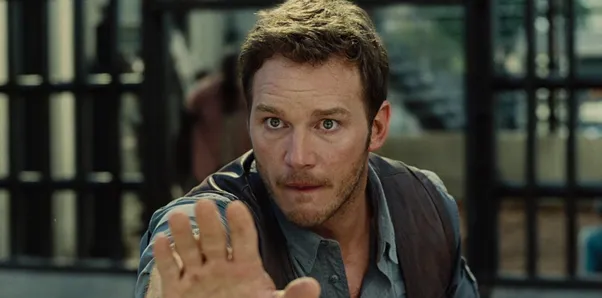
Extreme Long Shot/Extreme Wide Shot
An extreme long or wide shot makes your subject appear smaller than the overall background or location. These shots are often used for showcasing a location and make characters just a random part of it and not focal points. Enchanting mountains to wide grasslands, huge palaces or castles, these shots fill up the screen with the beauty of the background or location.
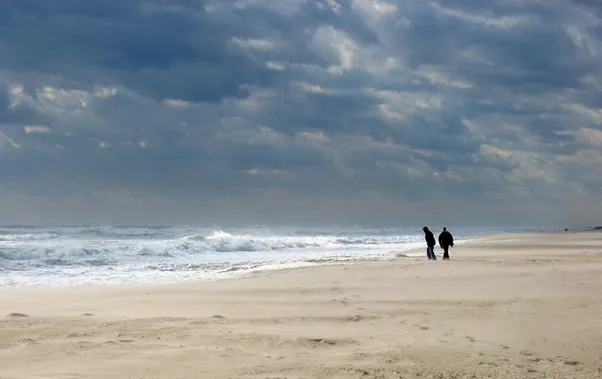
A Long Shot/Wide Shot
A long shot, popularly referred to as Wide Shot or WS is just a smaller version of EWS. In this case, your subject appears in full along with a considerable amount of background location. The subject alone doesn’t fill up the screen and neither does the location. For instance, when you see your character walking out of the sea, their full body is seen and the sea. These shots are also used when showcasing the journey of your character from one location to the other. In this way, the audience gets both, the sense of the character’s movement and the change of the location.
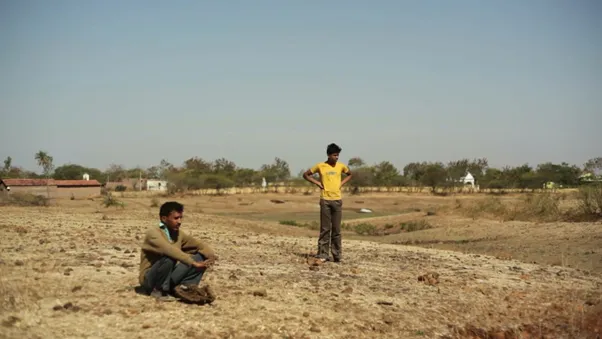
Medium Shot
These shots are the most common type, and they focus on the waist up frame of the subject, while still showcasing their location and surroundings. For conversational and dialogue-heavy scenes, one should try and stick to medium shots. They are your go-to shots when filming scenes like these in which the audience would be able to register all details of the character as well as the surroundings.
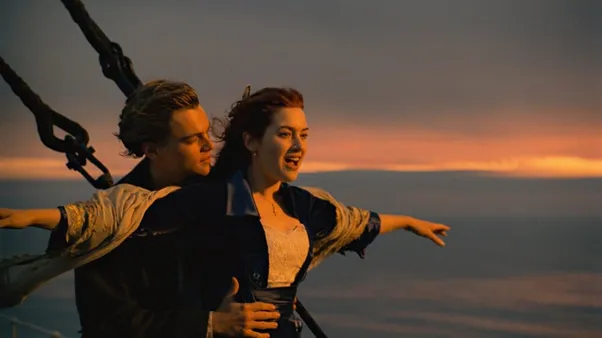
Establishing Shot
These shots range between extremely wide and wide shots and are used for establishing the opening of a sequence. These shots set the context of the scene in terms of its location and time of the day. Establishing shots are usually supported by aerial shots and tell us where and when things are going to happen in a scene. Thus, these become the headshots of a scene and set the tone for it.
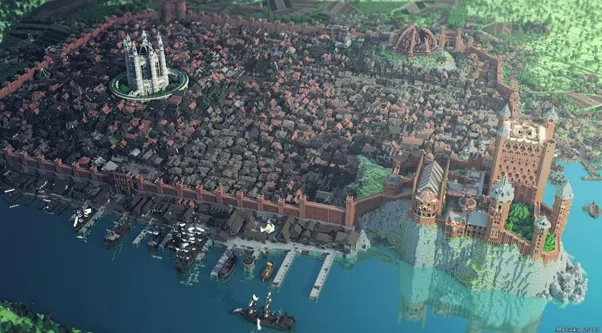
Point of View
As the name suggests, this shot is showcased from the character’s point of view. For example, a train passing by at full speed, or a reflection in the mirror, these shots put the audience in the character’s shoes and see from the same perspective.
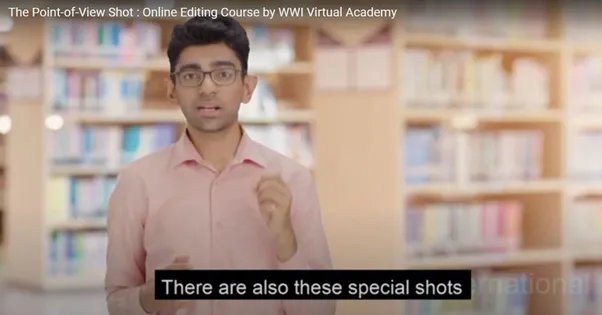
www.nfi.edu/foley-artist
www.sound-ideas.com/Page/what-is-foley
www.studiobinder.com/blog/what-is-a-foley-artist
